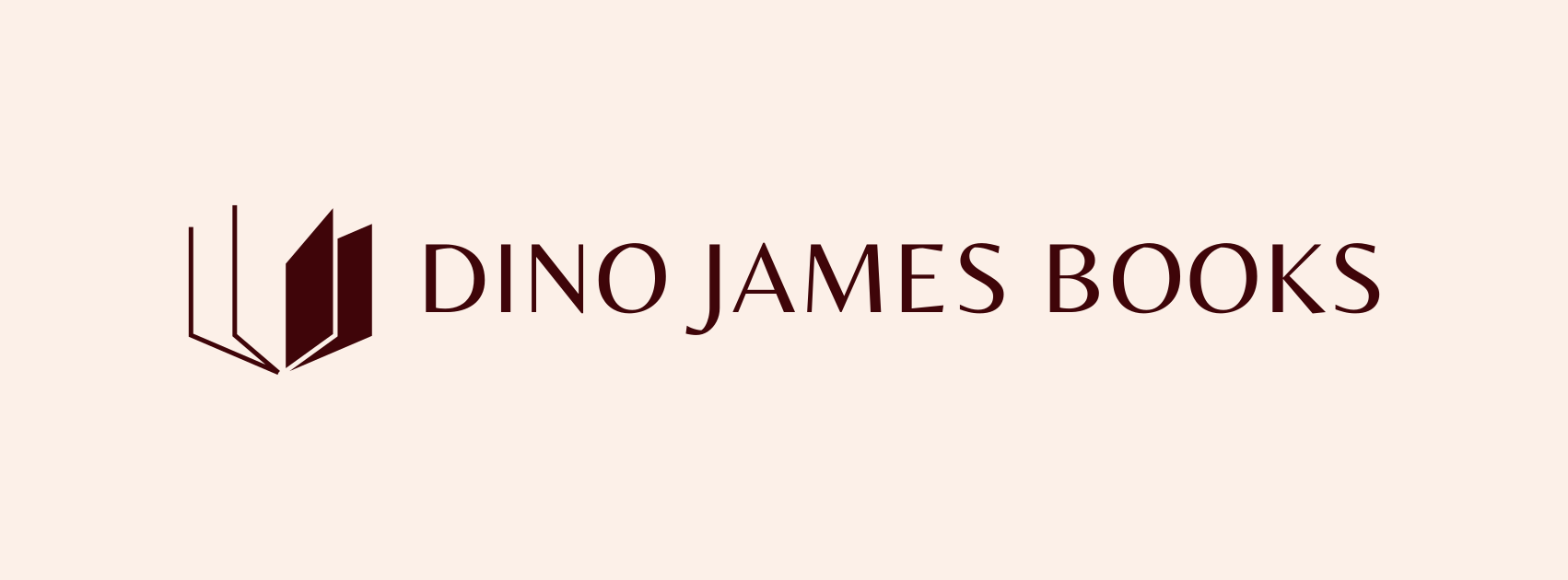Every relationship we enter, no matter how brief or long-lasting, is a classroom. Some feel like blessings from the very beginning—easy, joyful, filled with grace. Others feel like battlegrounds, full of triggers and pain. But A Course in Miracles teaches that every relationship, regardless of its surface form, carries the same hidden purpose: to bring us closer to love.
We tend to sort our relationships into categories—friend, enemy, stranger, soulmate, toxic ex, beloved teacher. The ego thrives on these distinctions because it needs to reinforce separation. It tells us who is “good for us” and who isn’t. Who deserves our compassion and who doesn’t. But the Holy Spirit sees no such labels. He sees each person as an opportunity to remember the truth of what we are.
“The holiest of all the spots on earth is where an ancient hatred has become a present love.” That’s one of the Course’s most potent statements—and one of its most challenging. It means that even the most painful relationship, even the most broken bond, can be redeemed. Not necessarily in form—but in purpose.
The ego tells us that relationships are about getting: getting love, attention, approval, safety. When someone gives us what we want, we call it love. When they don’t, we withdraw. But this conditional model keeps us imprisoned. It makes every relationship transactional, and every disappointment feel like a personal failure.
The Course offers another way. It invites us to view relationships not as sources of validation, but as mirrors for healing. Not as exchanges of need, but as expressions of wholeness. It asks us to look past behavior and see the shared call for love that lies beneath every interaction.
Some of the people who have hurt me the most were also the ones who brought the deepest gifts. Not because their actions were kind or justified—but because they exposed wounds I didn’t know I still carried. They revealed to me where I was still withholding forgiveness, where I was still clinging to judgment, where I was still afraid.
At first, I resisted this idea. I wanted to believe that the people who triggered me were simply wrong. It felt safer that way. But over time, as I practiced the Course, I began to ask new questions: Why does this bother me so much? What is this person showing me about myself? What am I here to learn?
Those questions didn’t always bring immediate clarity—but they always opened a space for grace.
I remember a particularly difficult relationship in my life—someone I worked with who seemed to oppose me at every turn. Their words felt cutting, their actions dismissive. I prayed for them to change. I begged the universe to move them out of my life. But nothing shifted. Then one day, I heard a quiet inner voice say: “You are not here to change them. You are here to change your mind about them.”
That’s when the real work began.
I stopped trying to control their behavior and started watching my reactions. I noticed how much of my pain came from old stories—being unheard, being dismissed, being disrespected. This person had simply stepped into a role my ego had written long ago. But now, I had a choice. I could keep rehearsing the script, or I could choose a new role. I could forgive.
That didn’t mean tolerating abuse or ignoring boundaries. It meant refusing to define myself by the grievance. It meant choosing peace over righteousness. It meant remembering that we were both students in the same classroom, just trying to find our way back home.
The Course says:
“Every relationship has the potential to become a holy relationship.”
Not because of what the other person does, but because of what we choose to see. A holy relationship is not a perfect one. It is one where both people are viewed through the eyes of love, even when love feels difficult.
That means your partner who triggers your deepest fears? They’re a gift.
Your child who tests your patience daily? A gift.
The friend who betrayed your trust? A gift.
The stranger who offered unexpected kindness? Also a gift.
The one who left you heartbroken? Perhaps the greatest gift of all.
It may not feel like it in the moment. It may take years to see the value in a painful connection. But the promise of the Course is that no relationship is accidental. Each one is a divine appointment. And each one has the potential to lead you closer to your true Self—if you’re willing to let it.
What makes a relationship holy is not how long it lasts, or how smooth it feels, or whether it meets our expectations. What makes it holy is the presence of purpose—the willingness to use it for healing instead of projection.
That means the healing might happen in reconciliation—or it might happen in release. Some relationships are healed through closeness. Others are healed through loving distance. The form doesn’t matter. The function does.
If you’re holding pain from a relationship right now—one that feels unresolved, unfinished, or unforgivable—pause. Take a breath. Ask the Holy Spirit: “What is this relationship here to teach me? How can I see it differently?”
You don’t need to fix the other person. You don’t even need to speak to them. All that’s required is your willingness to see past the form to the shared call for love.
Because beneath the arguments, beneath the silence, beneath the heartbreak, something sacred is trying to emerge. A gift. Not wrapped in ease or comfort—but in truth.
You were never meant to suffer through your relationships. You were meant to wake up through them.
So today, remember this:
Every person you meet is your mirror.
Every bond you form is a lesson in love.
Every ending is a doorway to a new beginning.
And every relationship—without exception—holds a gift for your soul.

